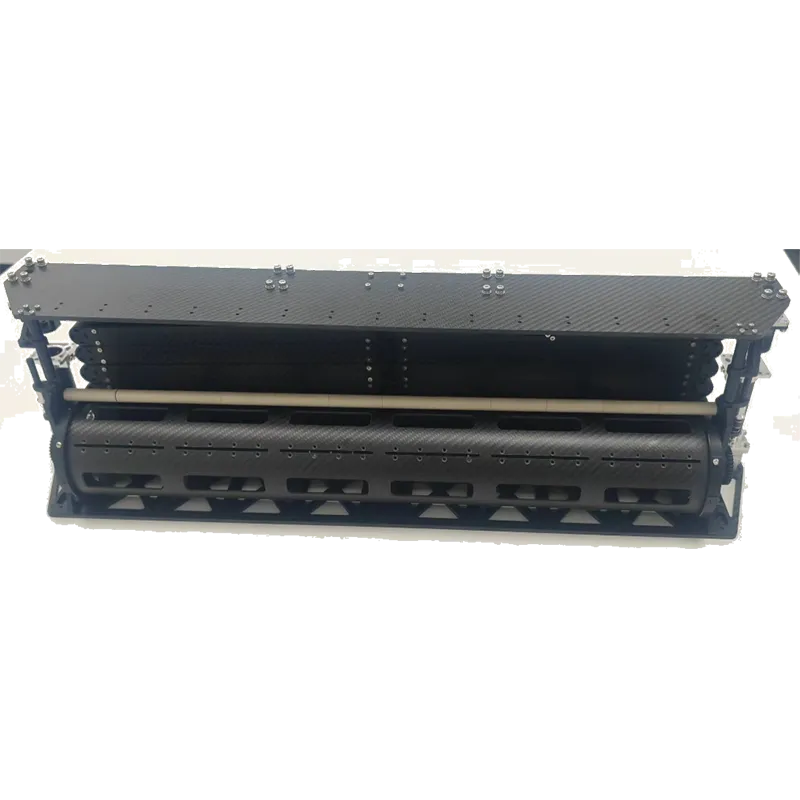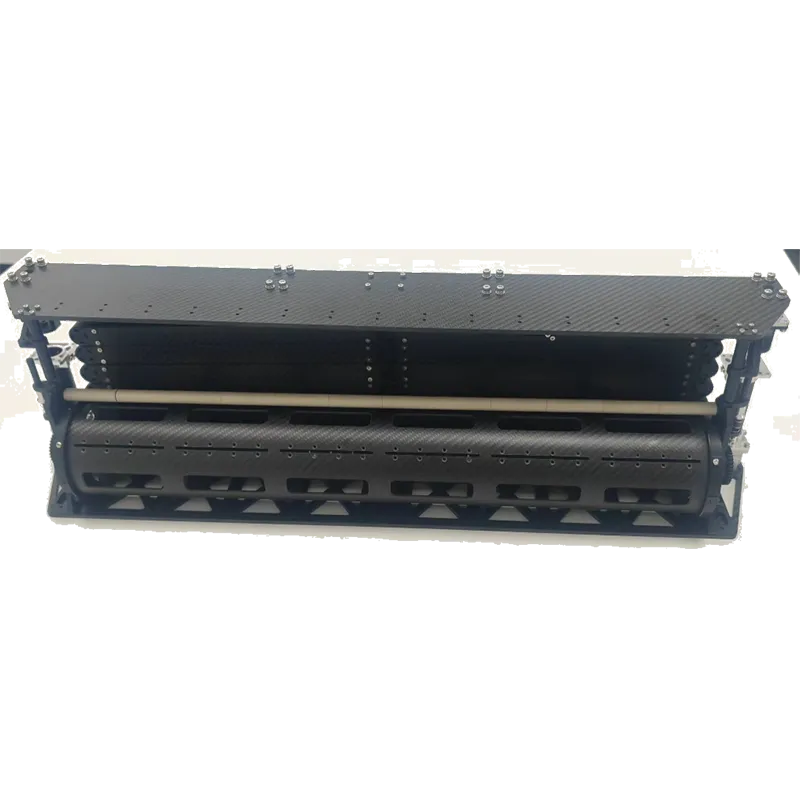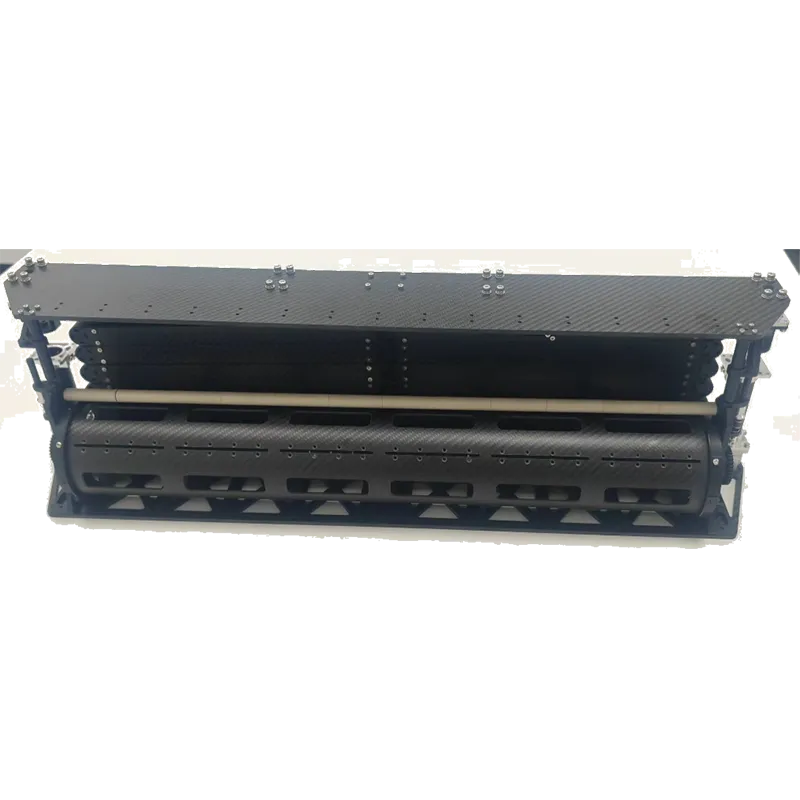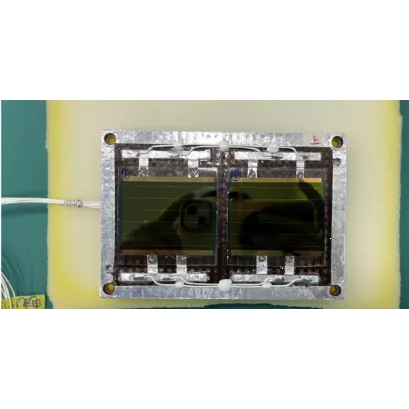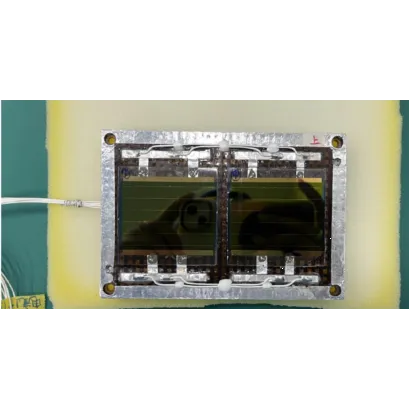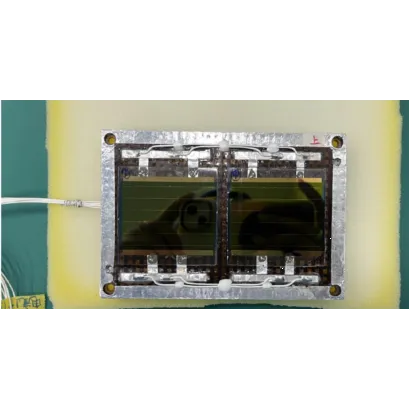
- african
- albanez
- amharică
- arabic
- armean
- Azerbaidjan
- bască
- Belarus
- bengaleză
- Bosniac
- bulgar
- catalan
- Cebuano
- China
- corsicană
- croat
- ceh
- danez
- olandeză
- engleză
- esperanto
- estonă
- finlandeză
- franceză
- frizonă
- Galician
- georgian
- german
- greacă
- Gujarati
- creolul haitian
- Hausa
- hawaian
- ebraică
- Nu
- Miao
- maghiară
- islandez
- igbo
- indoneziană
- irlandez
- italian
- japonez
- javaneză
- Kannada
- kazah
- Khmer
- ruandez
- coreean
- kurdă
- Kârgâz
- Muncă
- latin
- letonă
- lituanian
- luxemburghez
- macedonean
- malgaș
- Malaeză
- Malayalam
- malteză
- maori
- marathi
- mongol
- Myanmar
- nepaleză
- norvegian
- norvegian
- occitană
- Pashto
- persană
- Lustrui
- portugheză
- punjabi
- română
- rusă
- samoană
- gaelic scoțian
- sârb
- engleză
- Shona
- Sindhi
- Sinhala
- slovacă
- slovenă
- somalez
- spaniolă
- Sundaneza
- Swahili
- suedez
- tagalog
- Tadjik
- tamil
- tătar
- Telugu
- thailandez
- turc
- turkmeni
- ucrainean
- Urdu
- Uighur
- uzbec
- vietnamez
- galeză
- Ajutor
- idiş
- Yoruba
- Zulu
Inorganic Perovskite Solar Cells: A Breakthrough in Solar Technology
Inorganic perovskite solar cells represent one of the most promising innovations in solar energy technology. As the global demand for renewable energy increases, scientists and engineers are looking for more efficient, cost-effective solutions to harness the power of the sun. Inorganic perovskite solar cells offer a unique solution due to their superior stability, efficiency, and lower production costs compared to traditional silicon-based solar cells.

In this article, we will dive into the key features of inorganic perovskite solar cells, their advantages over other solar technologies, and their potential impact on the renewable energy market. Perovskite-based solar technology is rapidly advancing, and the future of inorganic perovskite solar cells is filled with promise for clean, sustainable energy.
1. The Unique Features of Inorganic Perovskite Solar Cells
Inorganic perovskite solar cells are made using inorganic materials, which provide better environmental stability compared to their organic counterparts. Unlike organic materials that are prone to degradation when exposed to moisture and heat, inorganic perovskite solar cells offer enhanced durability and long-term performance. This makes them ideal for outdoor applications, where stability is a crucial factor for the success of solar power systems.
One of the standout features of inorganic perovskite solar cells is their exceptional light absorption properties. Perovskite materials can absorb a broad spectrum of sunlight, which allows for higher energy conversion efficiency. This makes inorganic perovskite solar cells capable of generating more power from the same amount of sunlight, offering a significant advantage over traditional solar technologies.
Additionally, the production process for inorganic perovskite solar cells is relatively simple and cost-effective. The use of abundant and inexpensive materials makes these cells an attractive alternative to silicon-based solar panels, which require complex and expensive manufacturing processes.
2. How Inorganic Perovskite Solar Cells Compare to Traditional Solar Cells
When comparing inorganic perovskite solar cells to traditional silicon-based solar panels, several key differences emerge. Perovskite solar technology offers several advantages that could help lower the cost of solar power while improving efficiency. Silicon solar cells are typically limited by their material properties, which means they cannot absorb the entire spectrum of sunlight. Inorganic perovskite solar cells, on the other hand, can absorb a wider range of light wavelengths, leading to higher efficiency in converting sunlight to electricity.
Another advantage of inorganic perovskite solar cells is their flexibility. Unlike traditional silicon panels, which are rigid and require specific installation conditions, perovskite solar cells can be made on flexible substrates. This opens up new possibilities for integrating solar power into everyday products, such as portable devices, clothing, or even building facades.
The environmental stability of inorganic perovskite solar cells also sets them apart. While silicon-based solar panels are susceptible to environmental factors like humidity, temperature fluctuations, and UV radiation, inorganic perovskite solar cells can withstand these conditions much more effectively. This durability makes them an ideal solution for long-term use in various climates.
3. The Future of Inorganic Perovskite Solar Technology
The future of inorganic perovskite solar technology is incredibly promising, as researchers continue to make significant advancements in efficiency and stability. Commercial perovskite solar cells are expected to play a major role in the future of renewable energy, and they are already beginning to be integrated into larger solar power systems.
As the manufacturing processes for inorganic perovskite solar cells become more refined, the cost of production is expected to decrease, making solar power more accessible to a broader range of consumers. This is particularly important in developing countries, where the affordability of renewable energy systems is a critical factor in energy access.
Perovskite-based solar cells could soon be a common sight in residential and commercial buildings, as they can be integrated into windows, roofs, and facades. The flexibility and lightweight nature of these cells make them ideal for building-integrated photovoltaics (BIPV). This means that inorganic perovskite solar cells could be used not just as standalone solar panels but as an integral part of a building’s architecture.
Moreover, perovskite solar cells could be combined with other renewable energy technologies, such as wind and hydroelectric power, to create hybrid energy systems. These systems would offer more consistent and reliable power, further enhancing the role of perovskite solar panels in the global energy transition.
Conclusion: Inorganic Perovskite Solar Cells – A Game Changer for Solar Energy
In conclusion, inorganic perovskite solar cells represent a breakthrough in solar technology, offering increased efficiency, lower production costs, and enhanced environmental stability. As perovskite-based solar technology continues to advance, we can expect to see a wider adoption of perovskite solar panels in both residential and commercial applications.
The potential of inorganic perovskite solar cells to revolutionize the solar energy industry cannot be overstated. With their ability to absorb a broader spectrum of sunlight, higher efficiency, and durability, they are poised to become a key player in the global shift toward clean, renewable energy.






